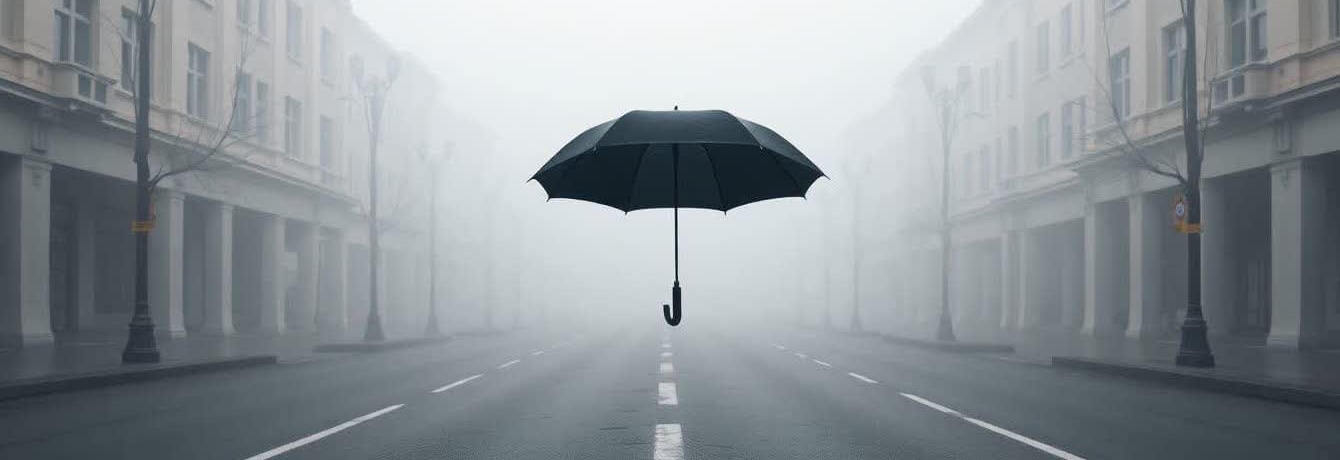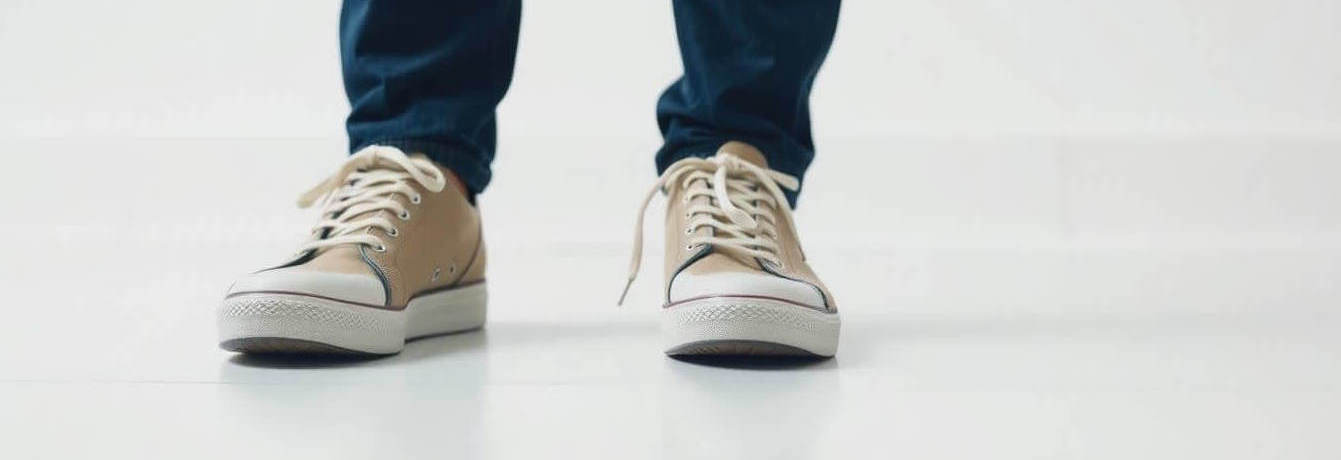May 21, 2025

Minimalism in photography is not about having less — it’s about showing more with less. By removing distractions and focusing on a few essential elements, minimalist photography allows your viewer to experience clarity, emotion, and visual balance.
This article breaks down the most effective minimalist composition techniques, inspired by the creative guides and editing practices shared in professional photography resources. If you’re ready to declutter your frame and elevate your artistry, let’s dive in.
What it is: Negative space is the empty or blank area that surrounds your subject. It's not just empty space—it's a crucial compositional tool that adds to the overall impact of your image.
Why it works: Negative space draws the viewer’s attention directly to the subject, creating a feeling of balance and simplicity. It also adds a sense of calm or isolation, allowing the subject to breathe within the composition. The surrounding emptiness contrasts the subject, giving it more prominence.

2. Use the Rule of Thirds—But Break It Thoughtfully
What it is: The rule of thirds is a foundational compositional guideline where you divide the frame into a 3x3 grid, placing your subject off-center for visual interest and balance.
Why it works: While minimalist photography often benefits from the rule of thirds, sometimes the most striking minimalist images break this rule entirely. Centering the subject or placing it at extreme corners can create powerful tension or evoke a feeling of asymmetry.

What it is: A minimalist background is often a plain or unadorned surface that doesn’t distract from the subject. This could be a solid color, a smooth wall, or an expansive sky.
Why it works: A simple background ensures that the viewer's attention remains on the subject. It allows the subject to stand out clearly without unnecessary distractions. Additionally, using techniques like blurred bokeh backgrounds (achieved by using wide apertures) can isolate the subject beautifully.

What it is: In minimalist photography, less is more. Instead of multiple elements, focus on a single subject—be it a person, an object, or even a shadow.
Why it works: A single subject has the power to make an immediate impact on the viewer. Its shape, texture, or color becomes the entire focal point of the composition. When chosen carefully, one subject can carry the weight of the entire frame without clutter.

What it is: Minimalism often embraces the concept of using very little color, relying on muted or monochrome palettes. The strategic use of color, like a single accent, can significantly affect the mood of a photograph.
Why it works: In minimalist compositions, color is used to evoke emotions or draw attention to specific elements in the scene. A subtle pop of color—like a red object in an otherwise neutral setting—can create contrast, intrigue, or focus. The idea is to avoid overwhelming the viewer with too much color, allowing the image's simplicity to resonate emotionally.

What it is: Long exposure photography involves using a slow shutter speed to capture movement over time. This technique is perfect for minimalist compositions that benefit from soft, smooth textures and simplicity.
Why it works: Long exposure removes distractions like people, cars, or noise from a scene, leaving only the essence of the environment. Whether it’s water, clouds, or light trails, long exposure creates a tranquil, serene feel that aligns perfectly with minimalist themes.

What it is: Cropping and editing are essential steps in minimalist photography. Tight or wide cropping can completely alter the composition, focusing on the subject while removing distractions.
Why it works: Editing allows you to refine the composition and ensure that every element in the frame serves a purpose. Cropping tightly removes any unnecessary background or excess detail, while wide cropping can create a sense of openness and space.

What it is: Minimalist photography has widespread appeal, especially in the fields of design, branding, and stock photography. Its clean lines and subtle use of space make it highly marketable.
Why it works: Minimalist images often resonate with a broad audience due to their simplicity and elegance. As businesses and creatives look for clean, stylish imagery, minimalist photos are in high demand for websites, advertising, and branding materials.

Minimalist photography thrives on simplicity, intentionality, and a focus on the subject. By mastering the art of negative space, simplifying your backgrounds, and focusing on one strong subject, you can create impactful compositions that speak volumes with minimal elements. And with the right cropping, editing, and use of color, you can elevate your minimalist shots to emotional and visual perfection.
Don't forget that these images are not only great for your portfolio but also have immense commercial potential. With the right tools and platforms, you can turn your passion for minimalism into a sustainable income source.
Stay up to date with the newest tips, gear reviews, and step-by-step guides to elevate your photography journey from home and beyond.